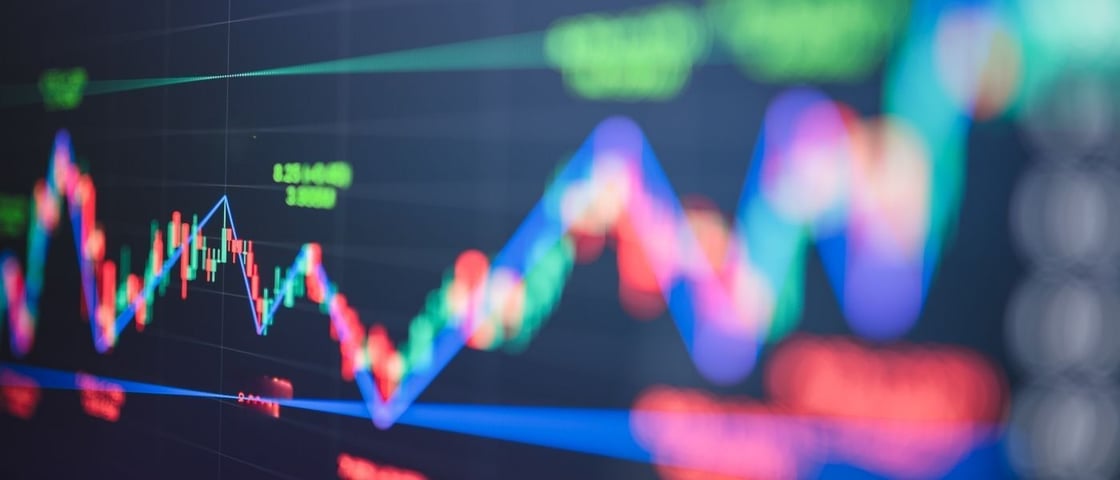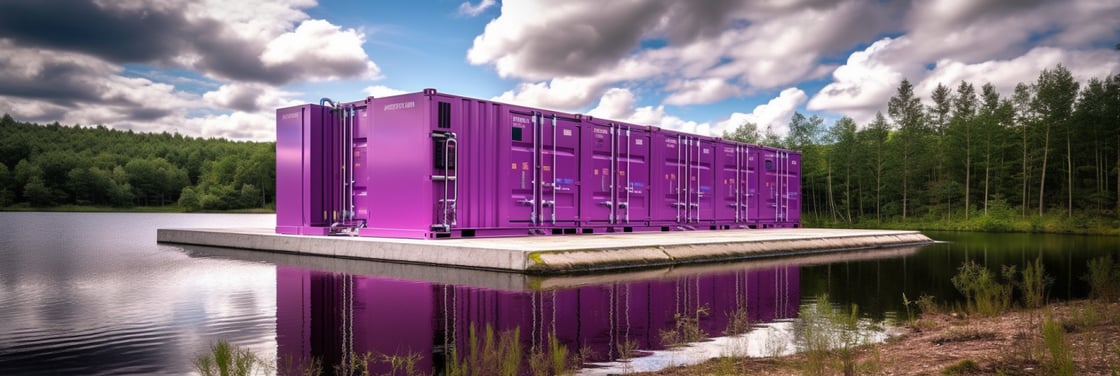100% renewable: Can it be done?
The RethinkX report Rethinking Energy 2020-2030 report describes a future of 100% sustainable energy generation, consisting mostly of solar and wind farms in combination with battery storage to guarantee energy supply. Based on various case studies, the report aims to show that such a system is not only technically possible and economically feasible, but would also generate significant volumes of excess power (beyond current demand) at near zero marginal cost for a wide range of applications, such as electrification of transport and heating, water desalination and treatment, industrial processing and manufacturing, carbon removal, and the manufacturing of solar panels, wind turbines, and batteries.
In this article, we take a look at the goals outlined in the report and compare them with different views of the mainstream energy industry, taking into consideration the main challenges and continued use of conventional energy systems.
Renewable disruption by decentralization
The Covid crisis taught us to consider worst-case scenarios, and that's why we need to have awareness for the possibility of a total, long-lasting blackout. When systems are in danger of collapsing, especially critical infrastructure like health, labor, and energy, the greater public is at risk. That's why we want to maintain a tangible degree of control and why a bias toward decentralized energy systems is developing.
The need for security of supply boosts the popularity of decentralized renewables, as they shorten the path from generation to consumption, while conventional power plants transmit energy to distant regions at high voltages. According to Ember , renewables now make up 38% of Europe's energy supply (at the time of writing). Despite the pandemic, IRENA reports that more than 260GW of renewable energy capacity was added globally in 2020, beating the previous record by almost 50%. More than 80% of all new electricity capacity added in 2020 was renewable, and with the USA and China on the forefront of the expansion, solar and wind accounted for 91% of new installations. Are we already well on our way to a 100% renwable reality?
The conventional side of the discussion
The International Energy Agency says otherwise, estimating the combined share of coal, gas and, nuclear power plants to only shrink to only 55% by 2040. What causes the discrepancies in opinion of these industry experts? First, let’s think about what a 100% renewable energy mix could look like. RethinkX points out that a variety generation and storage mixes could theoretically meet the goal of a fully renewable energy supply. The view from the traditional energy industry (top left in the graph below) is that it would require a tremendous share of "pricey" battery storage devices and result in a high total capital expenditure (CAPEX). Alternatively, the goal could be achieved with a massive buildout of wind and solar and a relatively small amount of battery power (top right in the graph). This, however, would also be quite expensive in terms of CAPEX. RethinkX has determined that the optimum balance between generation and storage lies somewhere in the middle; the exact point varies from location to location, based on weather and other factors.

The clean enery curve | Source: RethinkX
In the end, it’s a matter of perspective. While RethinkX is picturing an ideal world where, by pure logic, politics will push for sustainable technologies as soon as they are technically and economically feasible, the International Energy Agency takes a more conservative approach, giving renewables far less clout. In theory, the integration of renewables will cause the grid to be more decentralized and safer against outages and blackouts. But at the same time, a higher share of renewables without battery storage could cause more grid instabilities, which can lead to inefficiencies, local outages, or even widespread blackouts.
Battery storage for flexibility
The RethinkX report states that the SWB (solar, wind, battery) disruption of energy will closely parallel the digital disruption of information technology. It predicts that renewables will sweep away conventional energy sources at a high pace and run them out of business in the upcoming decade. Similarly, another report from RethinkX (The Great Stranding), assumes that, in the next decades, conventional power plants won’t be able to sell the same volume of electricity they do today. Competitive pressure from SWB will cause electricity prices to drop sharply in the next few years. As they won’t be able to sell their electricity at the high prices that covered their costs in the past, conventional energy sources will have a hard time staying marketable.
But, as always, the devil is in the details. There has been a boost in innovation for battery service life and recycling, but the production of lithium-ion storage requires rare earths, the mining of which often takes place under ecologically questionable conditions. If the technology doesn't take off on a large scale, it could mean that the integration of renewable energy sources will be saturated once they reach a certain share in the electricity mix. This is because a lack of battery storage could result in a shortage of crucial flexibility, which needs to be deployed to keep up energy supply during periods of low energy generation from wind and solar parks.
A power system's degree of flexibility is defined by how quickly it can adjust generation or usage in response to external forces. Renewables have a low flexibility capacity, as their generation depends on weather conditions and other external factors. An energy system that partly consists of renewable energy sources needs to handle this energy fluctuation by balancing it with other flexibilities. This means that the integration of more renewables goes hand in hand with the integration of more flexibility.
Due to their unsustainable nature, conventional thermal power plants get a lot of bad press. But with a share of more than 70% of total capacity generating almost 5000 GW, they still remain the backbone of today’s energy market. It remains to be seen which role they'll play in the future.
Some conventional capacity may remain
The RethinkX report assumes that 100% sustainable energy generation is definitely possible. The question is if stronger willpower from policymakers and the industry could accelerate the shift to renewables even faster than previously thought. Until the 100% renewable dream becomes reality, conventional power plants could run at a lower capacity and provide crucial flexibility by marketing the majority of their capacity on the intraday market. This way they can offer valuable energy when renewable energy sources aren't providing sufficient electricity, which allows them to stay competitive without relying on government subsidies. Until battery storage is able to provide sufficient flexibility, conventional power plants are needed to integrate renewable energy sources. Since, realistically it could take decades for conventionals to be phased out, meaningful use cases still exist for these assets.
Getting started with intraday trading
Flexibility marketing nowadays happens through state-of-the-art algo trading on short-term markets. Are you interested in maximizing the revenue of your flexibility?




